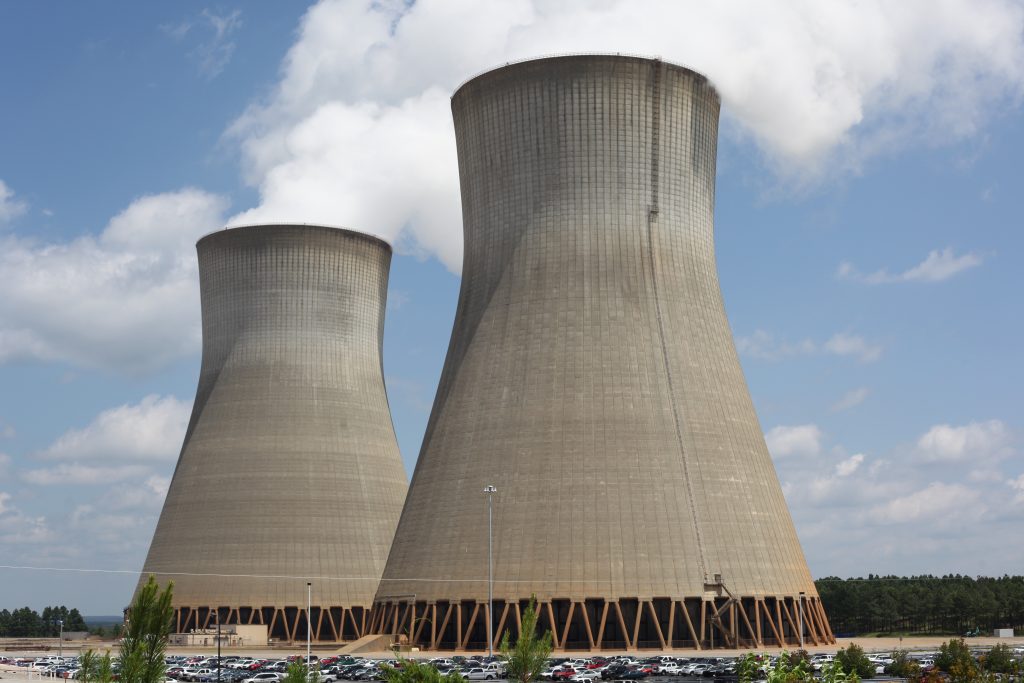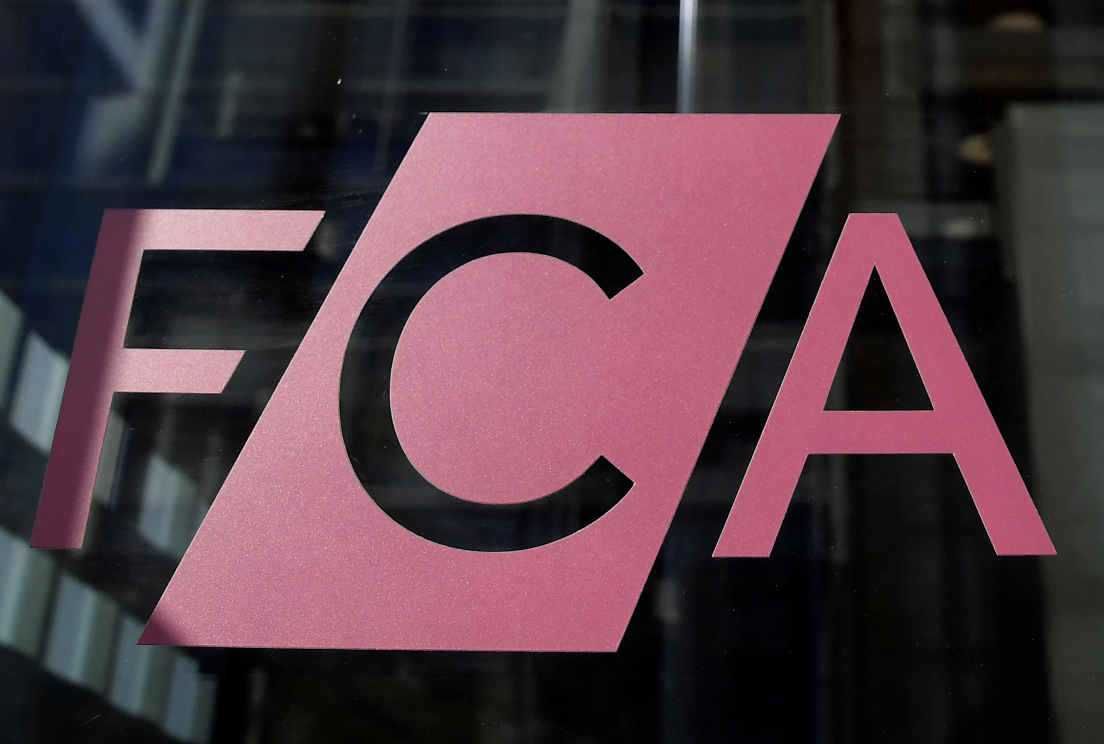NEW REPORT: Advanced Nuclear Technology Will Provide Critical Climate and Energy Benefits to the Future US Clean Energy System

Today, the Breakthrough Institute released a groundbreaking new report detailing how the deployment of advanced nuclear technology will provide clear climate and energy benefits to the US in a transition to a clean energy system.
The report, Advancing Nuclear Energy: Evaluating Deployment, Investment, and Impact In America’s Clean Energy Future finds:
- There is a large demand for advanced nuclear in a least-cost decarbonization pathway for the U.S. electricity sector, provided that policy and political barriers can be overcome.
- Demand for advanced nuclear energy is strong and inelastic across a broad range of bounding cost scenarios, showing that advanced nuclear energy can provide high value to the grid.
- Advanced nuclear energy complements and balances variable generation from other clean energy sources including wind and solar to reliably meet US power needs.
- Successful commercialization of advanced nuclear reactors could lower the total cost as the US transitions to a clean energy system.
- Advanced nuclear reactors could provide other critical benefits such as industrial heat, high-quality jobs, hydrogen production, and a transition for fossil fuel communities
For years, advanced nuclear energy has been proposed as a key clean energy solution. Following conversations between the Breakthrough Institute and the US Department of Energy Loan Programs Office, this report evaluates the potential role of advanced nuclear power in a future clean energy system. This report is the first to calculate, using Vibrant Clean Energy’s WIS:dom-P model, the specifics of how the deployment of multiple new advanced reactor technologies can be achieved.
In contrast to previous modeling work, this report leveraged the latest first-of-a-kind project cost projections while accounting for deployment-driven cost improvements, planned and expected demonstration projects, and technology-specific operational parameters. The research utilized a high-resolution nationwide model of the US electricity sector to demonstrate how the characteristics of advanced nuclear energy provide significant value in the transition of the power grid to clean energy sources by 2050.
Click here to read the full report and fact sheet.
Dr. Adam Stein, Director for Nuclear Energy Innovation: “This report provides a more comprehensive and realistic estimate of the potential for advanced nuclear energy in a decarbonized energy system. Typically reports don’t consider advanced nuclear reactors at all, and if they do they are the operational capabilities are modeled the same as conventional reactors. This study goes beyond typical limitations by considering the characteristics and costs of multiple categories of advanced reactors to estimate the upper and lower bounds of advanced reactor deployment in a decarbonized US electricity sector. We find that when these characteristics of advanced reactors are considered they can provide a large portion of electricity across all bounding scenarios while enabling variable clean energy sources like wind and solar, and reducing overall system costs.”
See related articles: EU Lawmakers Remove Last Hurdle to Label Gas, Nuclear as Green, Japan’s first laser nuclear fusion company, EX-Fusion raises 130 million JPY in pre-seed round, paving way for the development of critical components needed for commercialization of nuclear fusion
Jonah Messinger, Energy Analyst: “This study employs numerous novel methods to rigorously evaluate the potential role of advanced nuclear energy on a low-carbon grid. We are the first to incorporate endogenous learning for advanced nuclear units in a full electricity system model, where subsequent deployments decrease in cost as more reactors are installed, as opposed to predetermined cost reduction assumptions. We find that a clean electricity system highly values the characteristics of advanced nuclear, even in scenarios with high first-of-a-kind costs.”
Advanced Nuclear Deployment and Capital Investment:
This modeling study shows that a US clean energy transition incorporating advanced nuclear energy could require cumulative capital investment for advanced nuclear power plant construction on the order of $150 to $220 billion by 2035, growing to a total of $830 billion to $1.1 trillion by 2050 (Figure 2). Early capital investment and learning-by-doing lead to substantial reductions in project costs and levelized electricity costs for advanced nuclear technologies, resulting in the large-scale nationwide deployment of new reactors.
Widespread commercial deployment of advanced reactors in this study starts in the early-2030s and rapidly accelerates as the electricity sector grows over time, potentially supplying around 20-48 percent of domestic clean electricity generation in 2050, which would be 1,400 to 3,600 terawatt-hours per year (TWh/ yr). Total domestic deployed advanced nuclear capacity reaches 19 to 48 gigawatts-electric (GWe) in 2035, accumulates to 54 to 150 GWe in 2040, and grows to 190 to 470 GWe by 2050.
Economic and Climate Benefits of Advanced Nuclear Energy Deployment Potentially Include the Following:
- A United States energy transition that incorporates advanced nuclear power can help reduce the costs of a future national clean energy system.
- Low-emissions heat and steam from advanced nuclear plants can supply reliable, clean energy for hard-to-decarbonize sectors such as heavy industry and chemicals.
- Clean advanced nuclear reactors can repower fossil-fuel power plants using readily available infrastructure, increasing economic investment, and promoting a just transition for local communities.
- A successful future nuclear sector will produce new job opportunities in the manufacturing, construction, operation, and maintenance of nuclear plants, creating between 74,000 and 223,000 permanent jobs in operations and maintenance by 2050 alone.
- Successful demonstration and commercialization of advanced nuclear power will competitively position the United States as a clean technology leader at a critical moment in the global clean energy transition.
How Barriers to Advanced Nuclear Energy Deployment Can be Potentially Overcome:
- Immediate capital investment can enhance the potential for cost reductions and the total domestic market opportunity.
- Avoiding cost overruns on early projects and making cost improvements over time will increase the speed and magnitude of advanced nuclear deployment.
- Developing supply chains for fuel and component manufacturing is essential for the broad deployment of advanced nuclear reactors.
- New federal regulatory frameworks currently being formulated, and streamlining of existing rules, will be key to ensuring timely licensing and construction of new advanced nuclear projects.
- Lifting state-level moratoria and restrictions on nuclear projects will expand market opportunities and attract new capital investment to states that reform existing legislation.
Opportunities for Public Policy Support Include the Following:
- Federal loan guarantees.
- Environmental impact pre-qualification and feasibility studies.
- Regulatory licensing modernization and fee reform.
- Technology-neutral clean energy tax credits.
- Inclusion of nuclear energy in state clean energy portfolio standards.
- Support for export of advanced nuclear projects.
Authors of the report: Director of Nuclear Energy Innovation Dr. Adam Stein, Energy Analyst Jonah Messinger, Co-Director of Climate & Energy Dr. Seaver Wang, Climate & Energy Analyst Juzel Lloyd, and Senior Policy Advisor Rani Franovich.
Source: Breakthrough Institute






